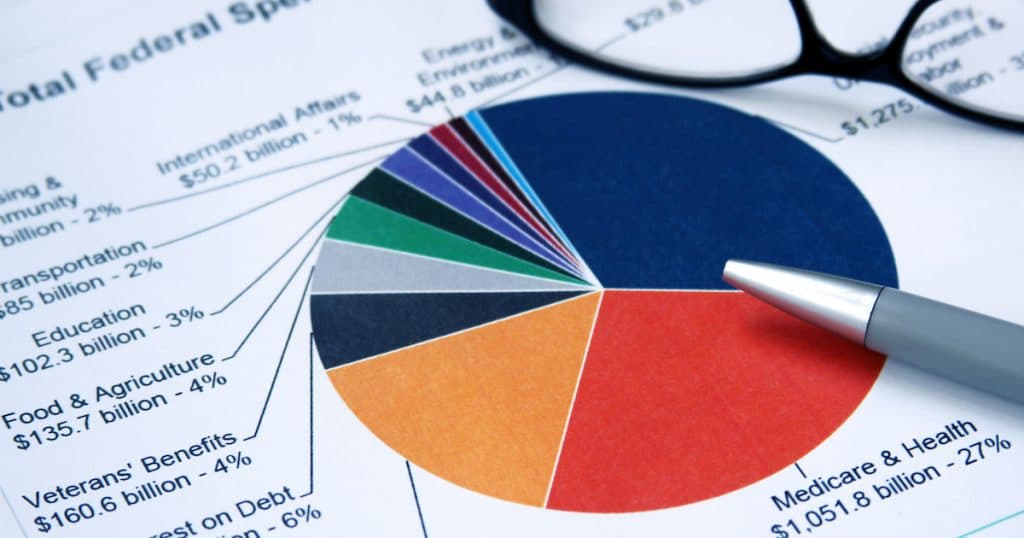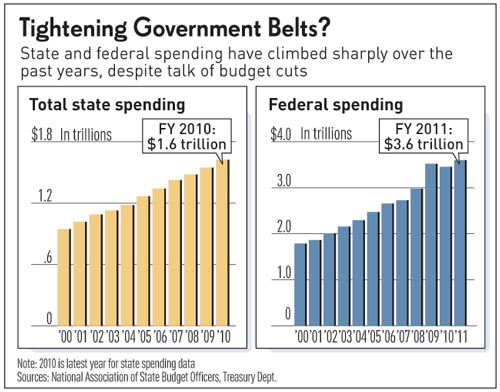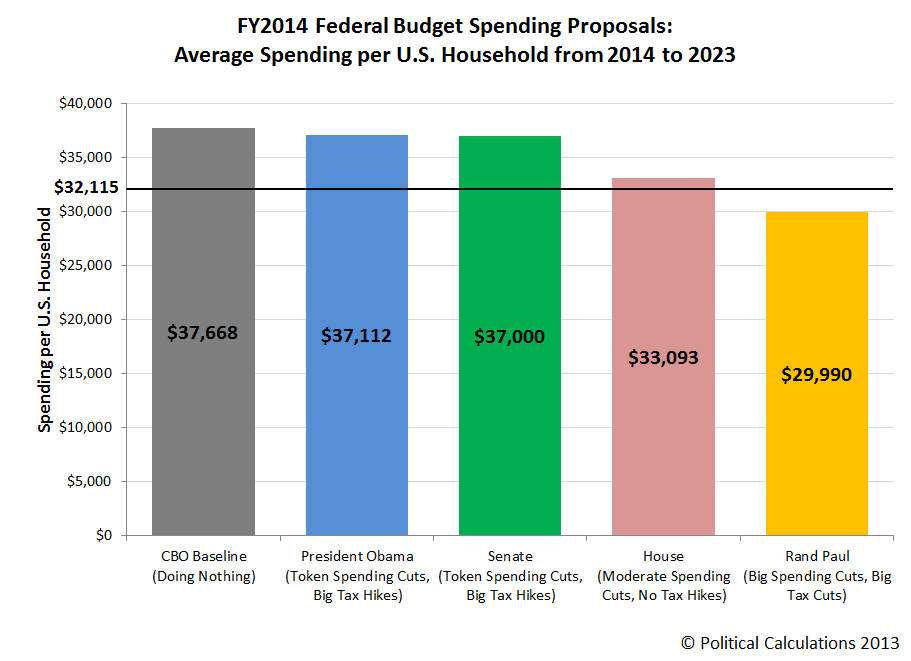


From fiscal 2004 to 2013, total ination-adjusted federal spending in the states grew 26 percent, from 2.5 trillion to 3.1 trillion. " Spending Explorer: You Are Viewing FY 2022 Spending by Budget Function. Federal spending in the states grew 26 percent over the past decade, adjusted for inflation. " Consolidated Appropriations Act of 2021. " Historical Tables." Table 5.4-Discretionary Budget Authority by Agency: 1976–2025. " National Defense Budget Estimates for FY 2021," Table 2.1. “ A Budget for America’s Future: FY 2021,” Table S-8. " What is the Difference Between Mandatory and Discretionary Spending?" " Historical Tables," Table 5.2-Budget Authority by Agency: 1976–2025.Ĭongressional Budget Office. " Older People Projected to Outnumber Children for First Time in U.S. " Historical Tables." Table 8.1-Outlays by Budget Enforcement Act Category: 1962–2025. " Debt and Deficits: Spending, Revenue, and Economic Growth,".
Federal spending download#
" Historical Tables." Download Table 1.2-Summary of Receipts, Outlays, and Surpluses or Deficits (-) as Percentages of GDP: 1930–2025.Ĭongressional Research Service.
Federal spending update#
" Understanding Sequester: An Update for 2018." “ A Budget for America’s Future: FY 2021,” Table S-5.įederal Reserve Bank of St. “ A Budget for America’s Future: FY 2021,” Table S-4. government has collected 1.73 trillion in fiscal year 2023 in order to pay for the goods and services provided to United States citizens and businesses. Much of the decline resulted from the booming economy of the late 1990s, but unemployment dropped even through the defense spending cuts of 1992 through 1995.The White House. The unemployment rate reached 7.8 percent in 1992, but then fell through the rest of the decade, to 4.0 percent in 2000. Growth in the second half of the 1990s, while the spending cuts were ongoing, averaged 4.0 percent. To be sure, growth was low during the early 1990s, but the spending cuts continued even as the economy strengthened through the rest of the decade.Yet with this pattern of government spending reductions, the economic results defied what many expected: the cuts did not impair growth. Now that the baby boom retirements have started, that demographic pattern will not repeat. The decrease resulted from demographics-the baby boomers had not yet started retiring-not from changes in the program. Social Security-the largest of the three programs-peaked at 4.6 percent of GDP in 1993, then fell over the rest of the decade to 4.2 percent.Spending on Medicare actually declined as a percent of GDP in the later years of the decade, partly due to reforms adopted in 1997.

After 1995, however, Medicaid stayed relatively flat.


 0 kommentar(er)
0 kommentar(er)
